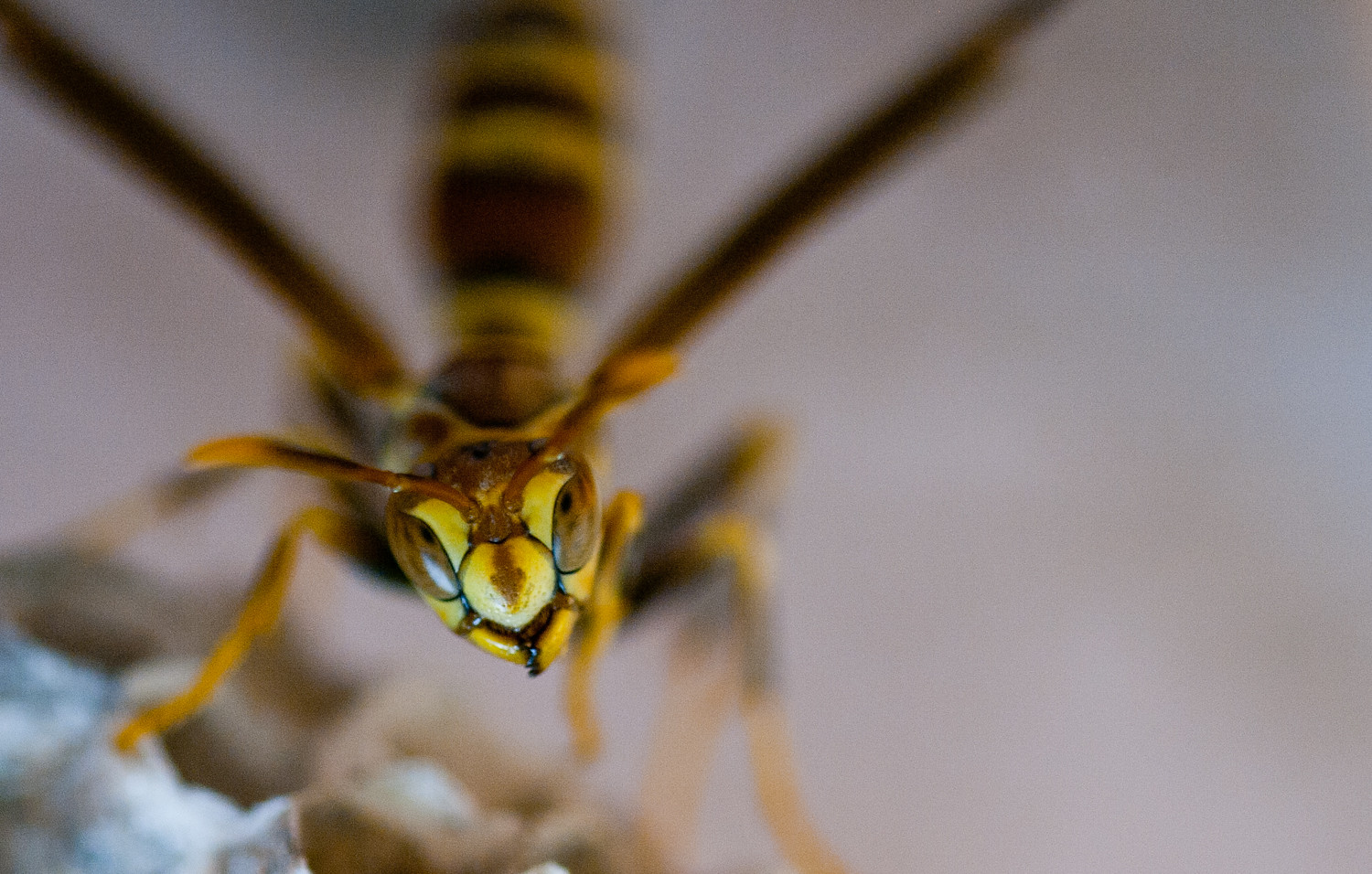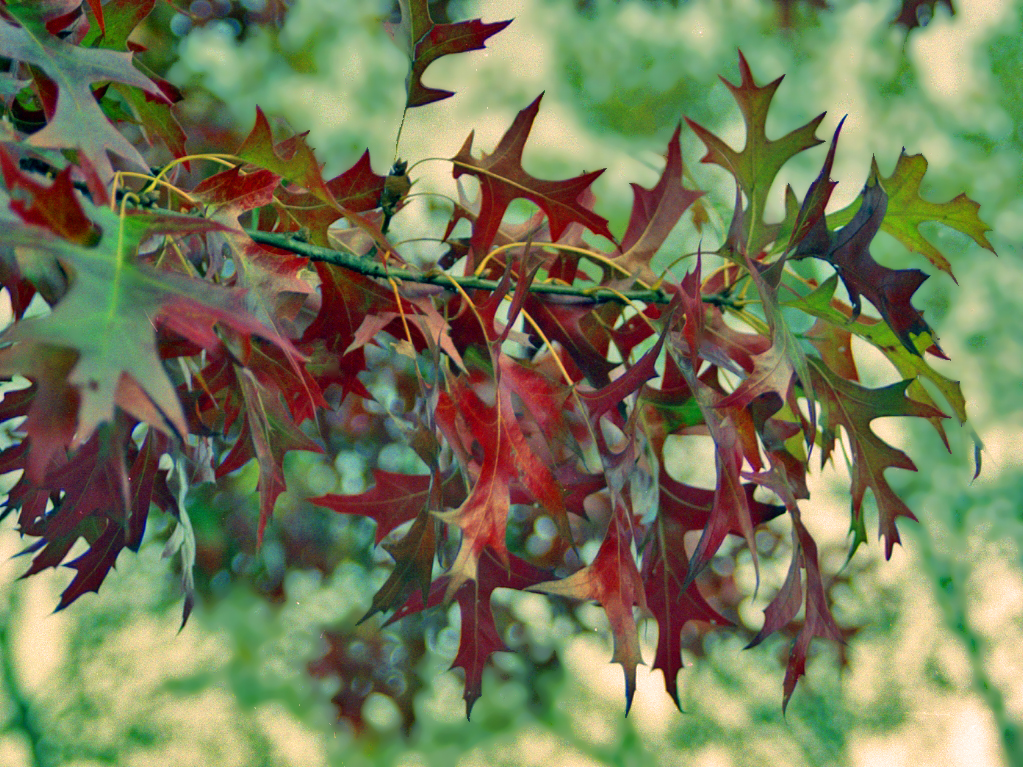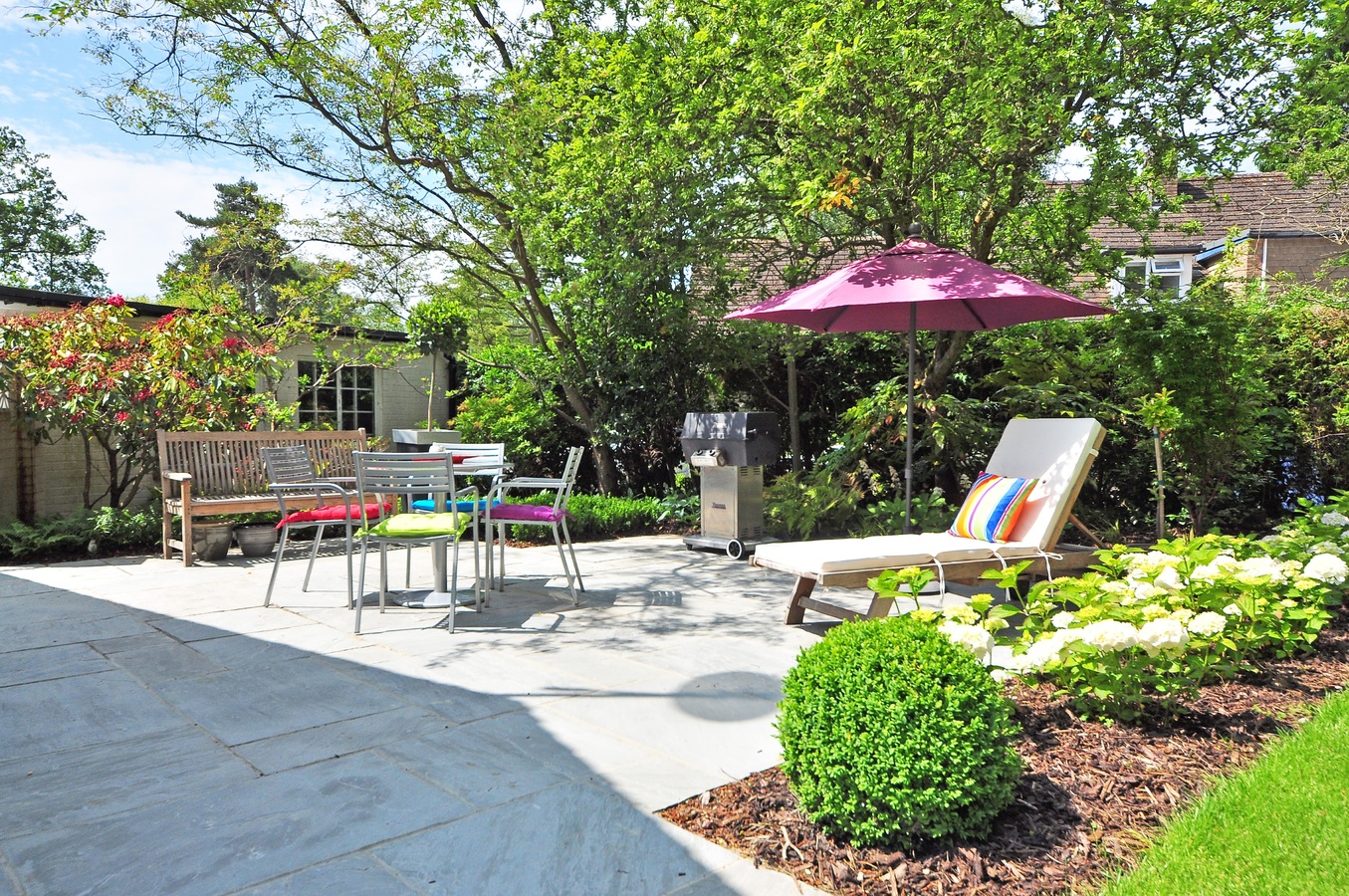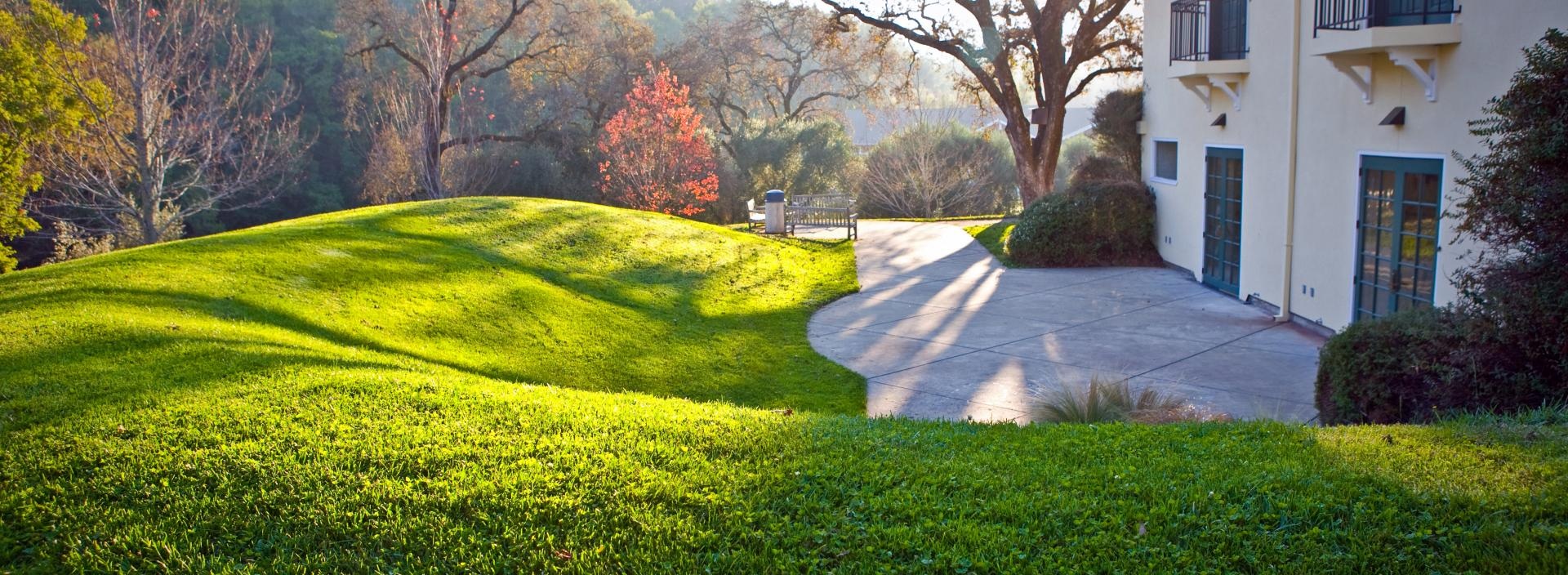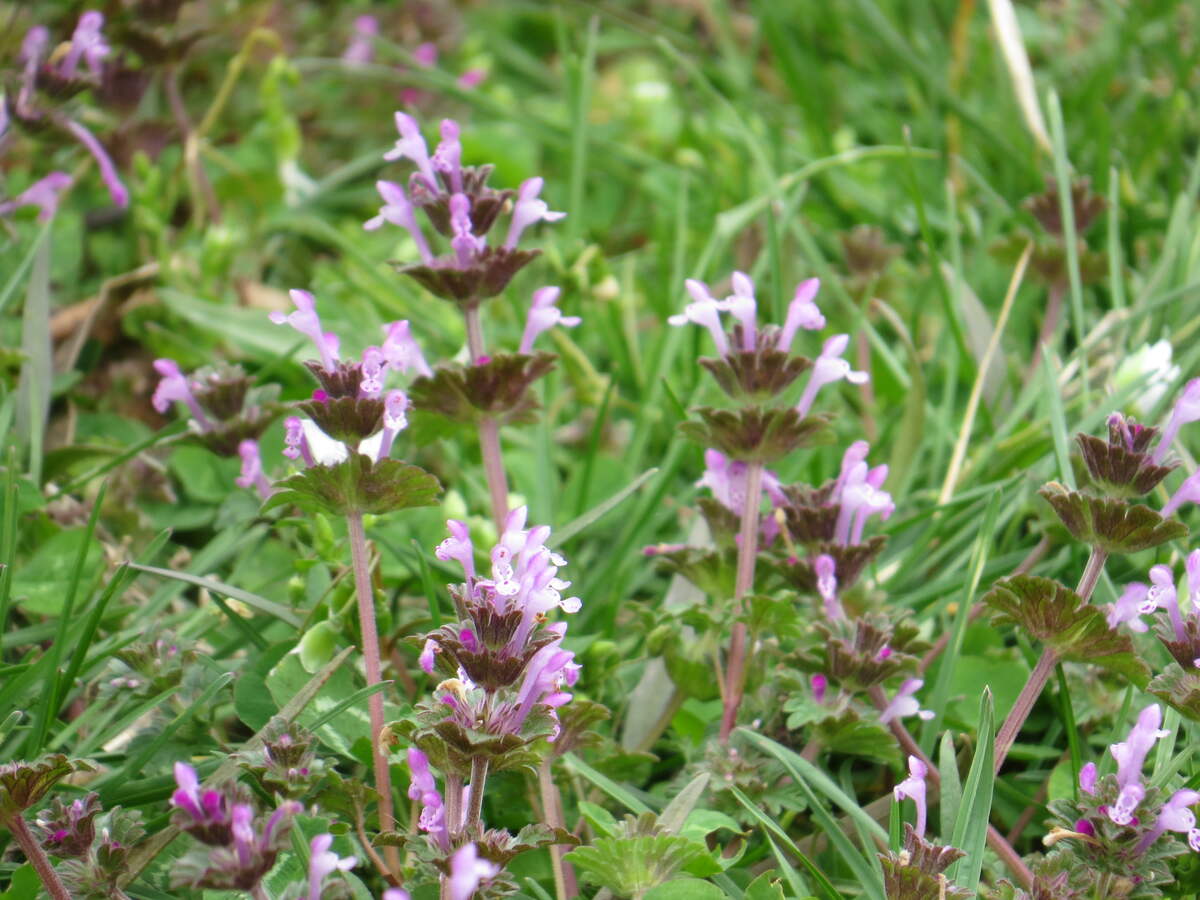
Resident of Raleigh? Check out our Raleigh lawn care page to see what we can do for your lawn.
Walking across the meadow, driving down the country road, wildflowers are a delightful surprise with their colors, shapes and often scents. When those same wildflowers show up in the lawn or garden, we are certainly less than delighted. As the saying goes, “A weed is simply a plant out of place.”
A healthy environment for your grass and garden plants is the best way to control weeds, including the pretty ones. If you water, fertilize and aerate the soil, as well as keep your grass at its preferred height, young weeds will get choked out before they can get settled in and seeds will not germinate.
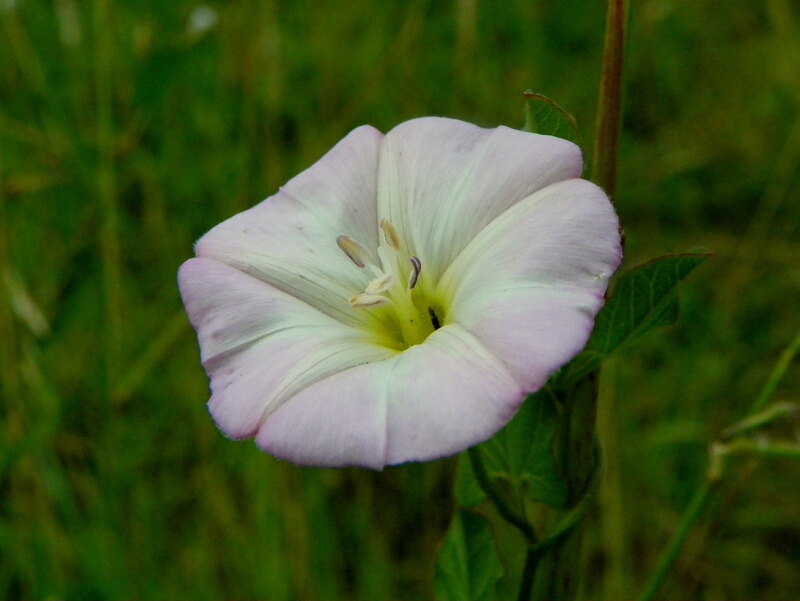
Photo: Peter O’Connor / Wikimedia Commons / CC BY-SA 2.0
Bindweed
Bindweed is a relative of the morning glory and often mistaken for one. The bindweed, however, has thread-like vines that wrap tightly around plants. Also, its arrow-shaped leaves are narrower than the morning glory’s and its funnel-shaped, white and pink flowers are smaller.
The central taproot can drill down as far as 20 feet into the ground, while it spreads laterally, sometimes for long distances, closer to the surface. The bindweed is like a maniac running rampant around your yard. It gets into cracks and crevasses, runs along the ground and twists around other plants, and forms tangled mats, damaging or killing everything in its path.
There are cultural methods of getting rid of them. Pour boiling water on the weeds, from the base out as far as you can to get as much of the roots as possible. You can cut them off at ground level with shears or scissors, but you’ll have to do it repeatedly, until the root weakens and the weed gives up.
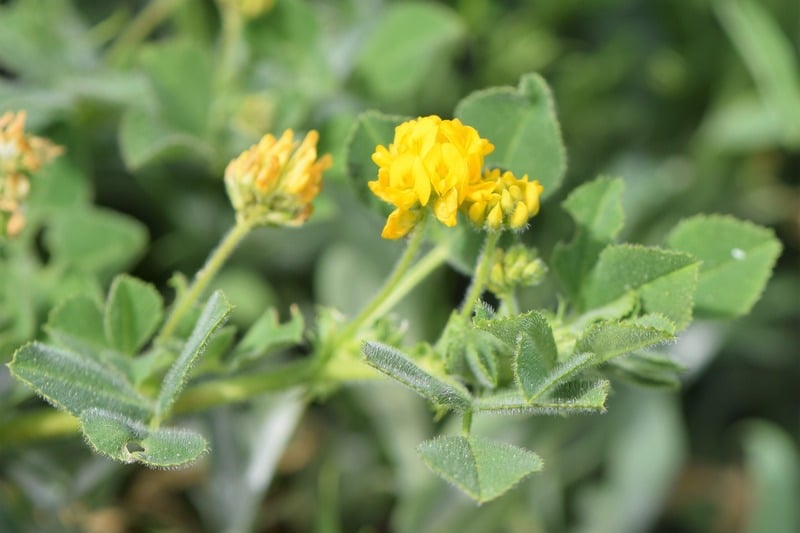
Photo: Krzysztof Ziarnek, Kenraiz / Wikimedia Commons / CC BY-SA 4.0
Black Medic
Black medic gets its name from the tightly coiled black seed pods that form once the flowers mature. The stems are square and can extend up to two feet high. The wedge-shaped leaves have three oval-shaped leaflets that are dull green on top, pale green on the bottom and toothed near the tip. The small yellow flowers form a compacted cluster.
Black medic is low-growing, anchored only by a deep taproot, which makes it easier to pull out by hand. When you see black medic, you are almost certainly going to see compacted soil. Aerating the soil should get rid of the weed.
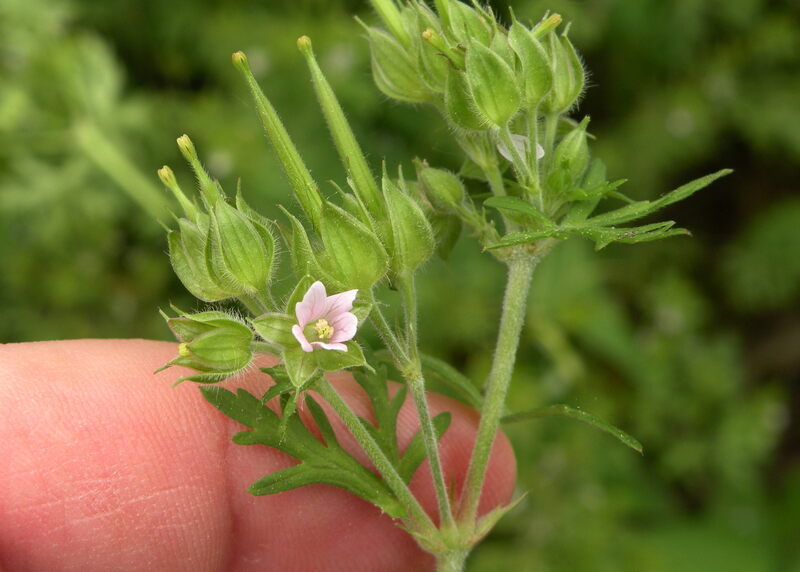
Photo: Doug McGrady / Flickr / CC BY 2.0
Carolina Geranium
This member of the geranium family has hairy stems that grow from a small rosette base, 6 to 28 inches tall, and are pink to red. Its gray-green leaves are round with multiple segments, and the white to pink to purple flowers blossom at the tips of the stems either singly or in clusters.
The root system is fibrous with a short taproot. This weed is very flexible—it’s not fussy about how much sun it gets, is fine if the soil is dry and can live in any kind of soil, including sandy and acidic.
You can hand pull the seedlings and hoe the more mature plants. You just have to be sure the crown is removed.
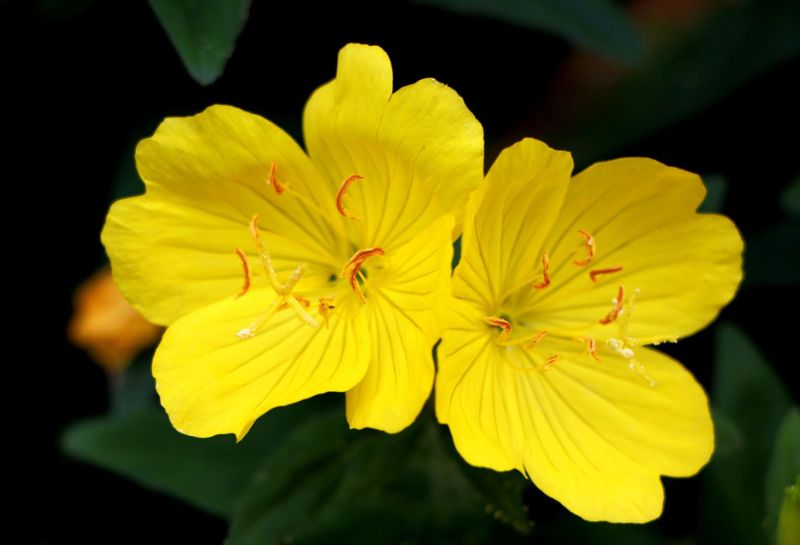
Evening Primrose
This weed is so-named because the flowers open at dusk and close when the sun comes up in the morning. The stems are red or light green and covered with small white hairs. The leaves have a white vein in the middle and a bit of red on the tips, and the flowers at the tip of the stems are bright yellow and have a pleasant lemon scent.
The evening primrose has a fleshy taproot and spreads by rhizomes and seed. It tolerates drought and any type of soil. You can pull this weed, but it will seem like a never-ending task.
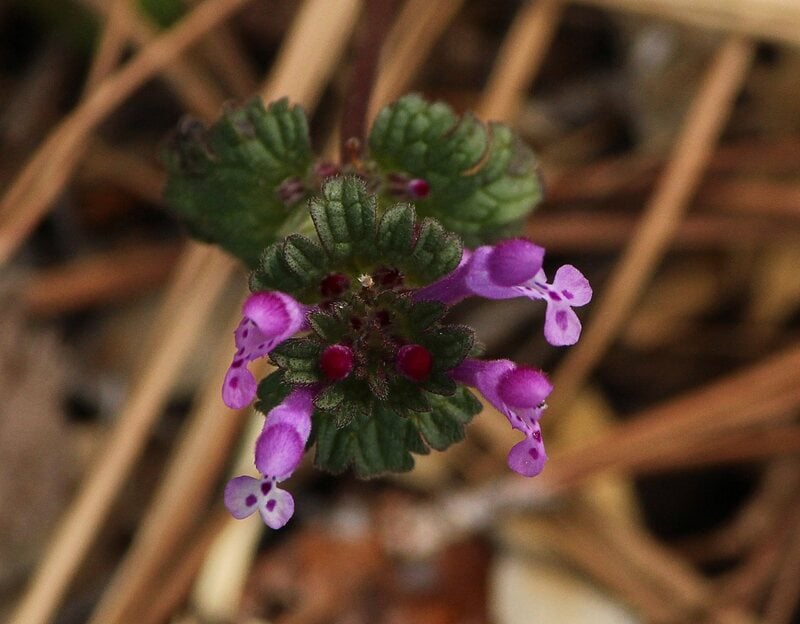
Photo: JamesDeMers / Pixabay
Henbit
This weed is a member of the mint family and is called “henbit” because chickens like to nibble on it.
The square stems are green or purplish with fine hairs. The heart-shaped leaves have prominent veins on the underside and scalloped edges with rounded teeth. The flowers look like miniature orchids at the tops of the stems. They are reddish-purple with a white face and dark red spot.
The henbit reproduces solely by seed, and each plant can produce 2,000 seeds. You can pull the weeds out, making sure to remove the entire plant and root. You can also completely block the sun from it with mulch.
Other Weeds in North Carolina
Not all weeds in Raleigh are as pretty as the ones above. Here are some other common North Carolinian weeds:
- Common chickweed
- Crabgrass
- Dandelions
- Ground ivy
- Leafy spurge
- Poison ivy
- White clover
- Wild violet
- Yellow foxtail
- Yellow nutsedge
Hire a Weed Control Pro
Even if you can identify the weeds in your yard, it’s a pain to remove them. Save yourself time and effort by hiring a LawnStarter pro in Raleigh. They can remove weeds and take care of other lawn care needs.
Main image credit: Andy Reago & Chrissy McClarren / Flickr / CC BY 2.0

